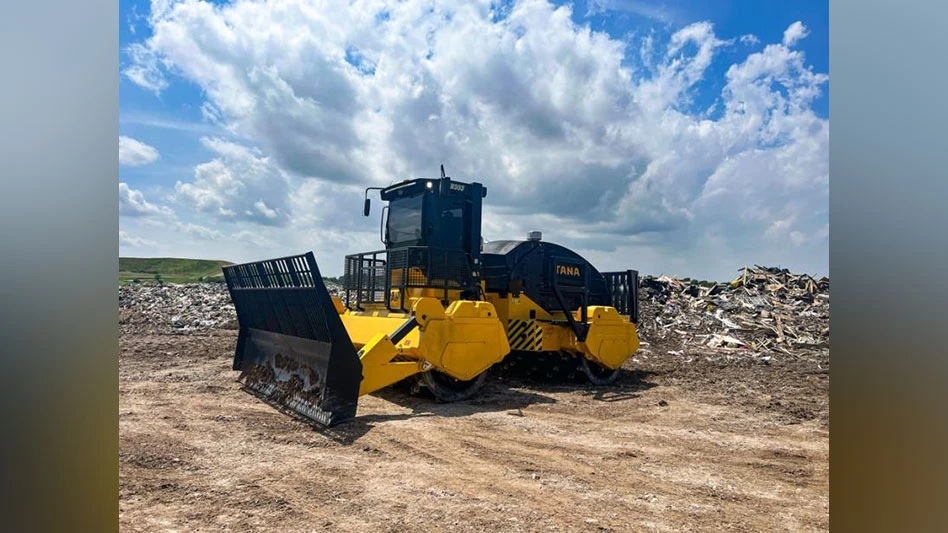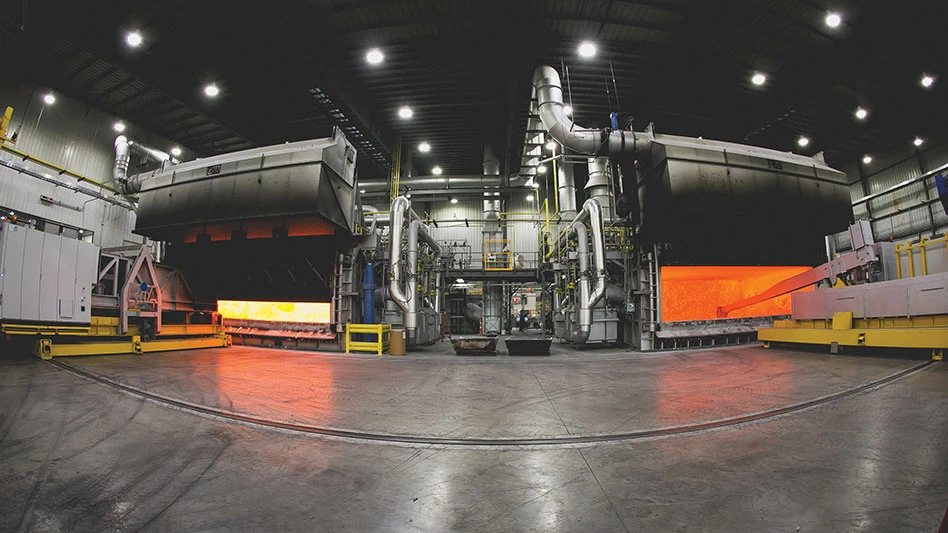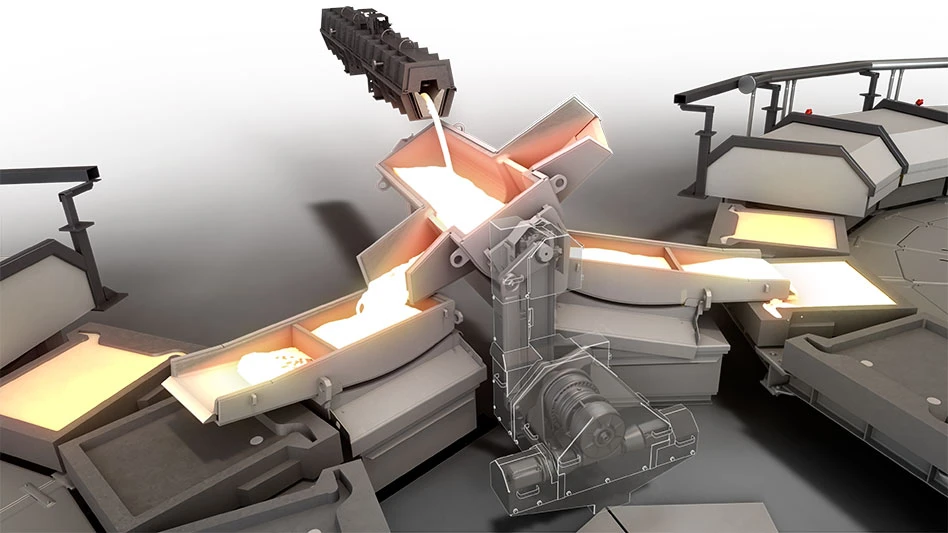Bids and offers for ferrous scrap revealed a split personality in the early July 2016 buying period, with recyclers receiving stable prices for their prompt scrap but being asked to shave off about $10 per ton for obsolete grades.

An even more dramatic bipolar situation existed for exporters. While already low Pacific Coast pricing dropped by about $10 per ton, according to the American Metal Market (AMM) index survey pricing, bids on the Atlantic Coast plunged by about $100 per ton, knocking them off their previous $317 per ton perch.
For scrap processors who have been struggling to get ferrous scrap across yard scales, the decline in pricing for No. 1 heavy melting steel (HMS) and shredded scrap is an unwelcome development on the both the sell and buy sides.
On the sell side, of course, any drop in price on existing inventory is unwelcome. More long-term negative aspects of the price drop in obsolete grades, however, stems from having to offer lower scale pricing at a time when the industry is trying to rebuild its peddler business.
Recyclers contacted in mid-summer 2016 continue to point to disappointing inflow volumes. A Midwestern recycler in the nonferrous sector speaks for the broader scrap metal spectrum when he says, “Markets tick up and things pick up for a while, and then it dies out again. Overall, on average, things are still very weak.”
A second recycler in the Midwest says volume was down for his ferrous operations by about 10 percent in June following a slight uptick in May. June closed out what he terms an overall disappointing first half of the year.
“Markets tick up and things pick up for a while, and then it dies out again. Overall, on average, things are still very weak.” – a Midwestern scrap recycler
If any good news can be mustered, it might be that, considering all grades, ferrous prices have been relatively stable in the summer of 2016, and those that have fallen have not (yet) plummeted the way they did in October 2015.
Based on AMM index pricing, the East Coast export price plunged in June. That market is largely dictated by Turkish mill buying, thus the falling price could be a signal those mills are either returning to Chinese billet or are buying scrap from places other than North America.
Figures for the first quarter of 2016, gathered by the United States Census Bureau and published by the United States Geological Survey (USGS), show Turkey was the largest buyer by volume of exported ferrous scrap during that period.
The 615,000 metric tons Turkey purchased marked nearly 24 percent of U.S. exports in the first quarter of 2016. The next largest buyer was India, with 384,000 metric tons.
Because India does much of its ferrous scrap buying off the Atlantic Coast, the presence of those two nations at the top of the list also helps to explain the previous $100 per ton discrepancy between the Atlantic and Pacific Coast export prices throughout the year.
In the first quarter of 2016, the Pacific Coast buyer highest on the list was Taiwan at 254,000 metric tons, followed by Mexico in the fourth spot at 242,000 metric tons. South Korea claimed the No. 5 spot with 212,000 metric tons.

Also likely benefitting East Coast and containerized ferrous scrap exporters has been more active buying from Pakistani mills and foundries. The 133,000 metric tons Pakistan purchased in the first quarter of 2016 outpaced the 121,000 metric tons shipped to China.
The domestic steel industry that largely shapes AMM’s Midwest index pricing—as well as the Raw Material Data Aggregation Service (RMDAS) prices calculated by Pittsburgh-based MSA Inc.—has had a tepid start to the summer.
Steel production operating statistics gathered by the Washington-based American Iron and Steel Institute (AISI) show declines in U.S. steel mill output compared with 2015.
In the week ending July 9, 2016, domestic steel production was 1.71 million tons at an operating capacity rate of 73.2 percent. That compared with production of 1.75 million tons in the week ending July 9, 2015, for a decrease of 2.2 percent.
Production in the week ending July 9, 2016, also was down 1.4 percent compared with the previous week (ending July 2, 2016), when the mill capacity rate was a higher 74.3 percent.
Year to date the figures are slightly more encouraging but still down from 2015. Year-to-date production through July 9, 2016, stands at 47.45 million tons, at a mill capacity rate of 72.5 percent. That is down 0.8 percent from the 47.82 million tons made during the same period during 2015.
America’s largest electric arc furnace (EAF) steelmaker, Nucor Corp., Charlotte, North Carolina, provided guidance to investors in mid-June, pointing to better profitability in the second quarter compared with several previous quarters.
“Nucor expects [2016] second quarter results to be in the range of 65 cents to 70 cents per diluted share,” Nucor states in its press release. “This range is an increase compared to the second quarter of 2015 earnings of 39 cents per diluted share and the first quarter of 2016 consolidated net earnings of 22 cents per diluted share.”

Explore the August 2016 Issue
Check out more from this issue and find your next story to read.
Latest from Recycling Today
- Fenix Parts acquires Assured Auto Parts
- PTR appoints new VP of independent hauler sales
- Updated: Grede to close Alabama foundry
- Leadpoint VP of recycling retires
- Study looks at potential impact of chemical recycling on global plastic pollution
- Foreign Pollution Fee Act addresses unfair trade practices of nonmarket economies
- GFL opens new MRF in Edmonton, Alberta
- MTM Critical Metals secures supply agreement with Dynamic Lifecycle Innovations





